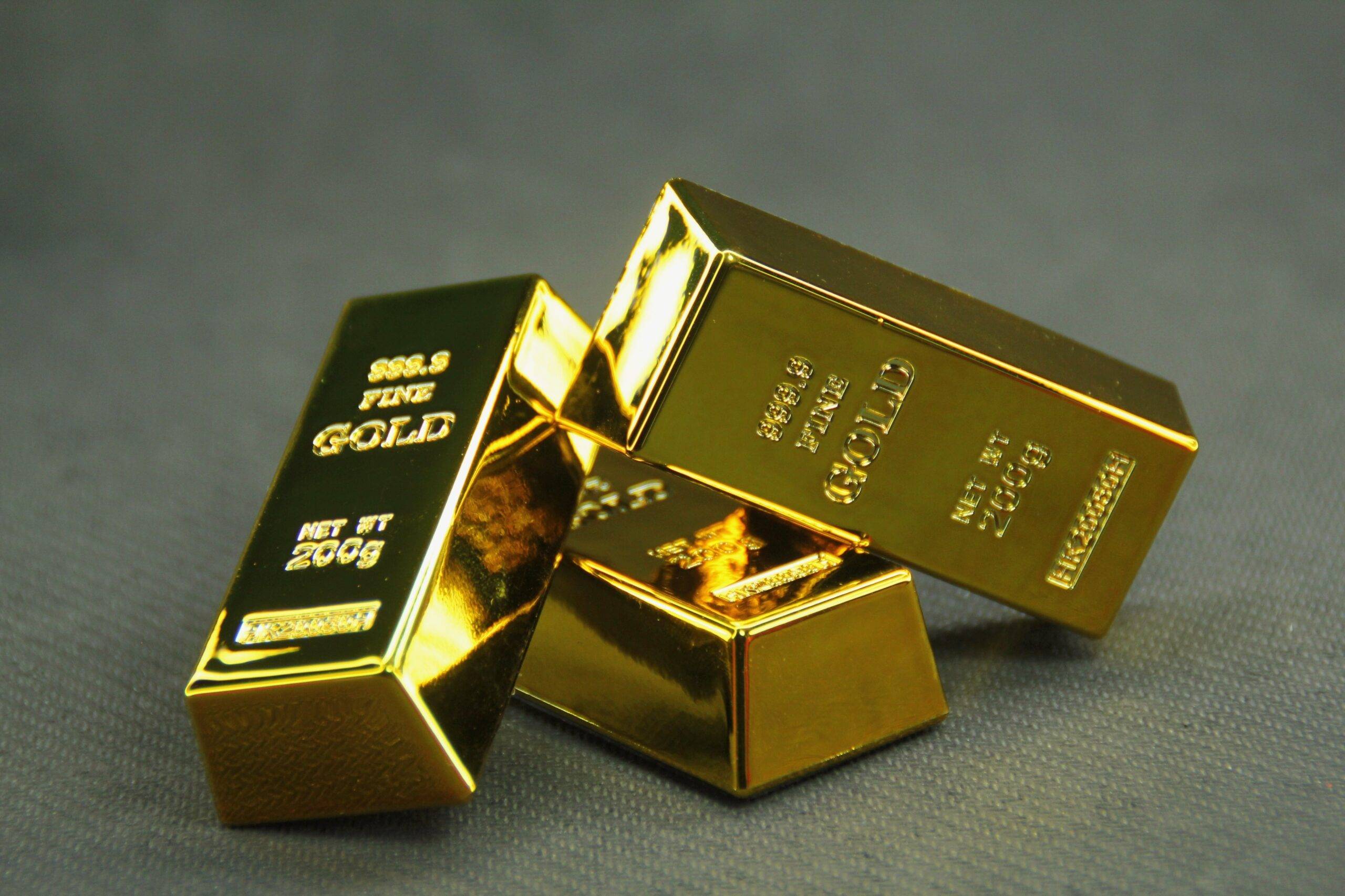Gold prices have performed remarkably well this year. Gold market catalysts, especially in the context of central bank buying and global economic uncertainty, have significantly influenced this performance. With the demand for precious metals high, understanding these catalysts is crucial for investors. Will gold prices rise or fall amid these economic conditions?
Gold’s Strong Performance in the First Half of the Year
Gold spot prices saw a nearly 13% increase during the first half of the year. This impressive growth outclassed most other major commodities and asset classes. Despite high interest rates and a strong U.S. dollar, gold’s value continued to climb. Normally, these factors would be headwinds for bullion. However, other dominant factors have offset this pressure, keeping gold prices robust.
One of the primary gold market catalysts is central bank buying. Continued purchases by central banks have provided significant support for gold prices. Additionally, strong Asian investment and resilient global retail consumer demand have also played crucial roles. These factors combined have helped gold defy traditional expectations.
The Role of Central Bank Buying
Central bank buying has been a significant gold market catalyst. Many central banks have continued to purchase gold, bolstering its price. This trend reflects a strategic move to diversify reserves and hedge against economic uncertainty. Notably, this buying activity has come from both developed and developing economies.
Central banks are drawn to gold’s stability. They see it as a safe-haven asset in times of global economic uncertainty. This consistent demand has been a key factor in gold’s price resilience. Moreover, with central banks showing no signs of slowing their purchases, this trend is likely to continue.
Global Economic Uncertainty and Its Impact
Global economic uncertainty has been another critical gold market catalyst. Factors such as geopolitical tensions, fluctuating economic growth rates, and unpredictable monetary policies have contributed to this uncertainty. Investors often turn to gold during such times, seeking a safe haven.
The World Gold Council (WGC) highlighted that gold’s current price reflects consensus expectations for the second half of the year. Economic growth, interest rates, and inflation are all considered in these expectations. However, the global economy remains in a state of flux, and gold’s performance will depend on how these factors evolve.
Precious Metal Demand and Market Dynamics
Precious metal demand has remained strong despite the high interest rates. This demand is driven by various factors, including jewelry purchases, technological applications, and investment needs. The resilient global retail consumer demand has particularly been noteworthy.
In Asian markets, investment in gold has been robust. Cultural affinity and economic factors contribute to this trend. For instance, in countries like India and China, gold is seen not only as an investment but also as a symbol of wealth and status. This consistent demand from Asia supports gold prices significantly.
The Influence of Monetary Policy Effects
Monetary policy effects also play a crucial role in shaping gold prices. The relationship between interest rates and gold is complex. Typically, high interest rates are unfavorable for gold because they make other investments more attractive. However, recent trends have shown that gold can still perform well despite high rates.
The WGC noted that falling rates in developed markets could attract more Western investors to gold. As monetary policies shift, these investors might see gold as a hedge against inflation and economic uncertainty. Therefore, changes in monetary policy could be a major gold market catalyst in the near future.
Western Investors and Market Saturation
Western investors have largely sat out gold’s rally in 2024 so far. This absence suggests that the market is not yet saturated. The strong performance of gold, despite the lack of Western flows, indicates potential for further gains.
Since the European Central Bank cut rates in May, European gold exchange-traded funds have experienced inflows. This trend underscores the importance of monetary policy effects on gold investment. If the Federal Reserve also decides to cut rates later this year, it could reassure investors about the direction of monetary policy, fostering sustained inflows into gold.
Risks and Potential Pullbacks
However, there are risks that could lead to a pullback in gold prices. If interest rates remain higher for longer than expected, this could deter investment in gold. Additionally, if central bank demand drops drastically, it could negatively impact prices. Another factor to watch is Asian investors’ enthusiasm. If their investment in gold declines, it could also lead to a price pullback.
The WGC emphasized that the global economy and gold seem to be waiting for a catalyst. Investors are keenly watching for signs that will indicate whether gold’s momentum can continue. Factors such as geopolitical tensions, economic policies, and market sentiment will be crucial in determining the direction of gold prices.
Future Outlook and Key Questions
Looking forward, several key questions remain. Will the current gold market catalysts continue to support high prices? Or will changes in global economic conditions lead to a decline? Investors must stay informed about central bank buying trends, global economic uncertainty, and the demand for precious metals.
As the WGC noted, the extent of gold’s rally or slump will reflect a combination of factors. Monitoring these factors closely will be essential for making informed investment decisions. While gold has shown remarkable resilience so far, the future remains uncertain.
In conclusion, gold market catalysts such as central bank buying, global economic uncertainty, and precious metal demand have played pivotal roles in gold’s performance this year. As we move into the second half of the year, these factors will continue to be critical. Investors should keep a close eye on monetary policy effects and other economic indicators. By doing so, they can better understand the potential direction of gold prices and make more informed investment choices.
Click here to read our latest article Gold Prices Waver

